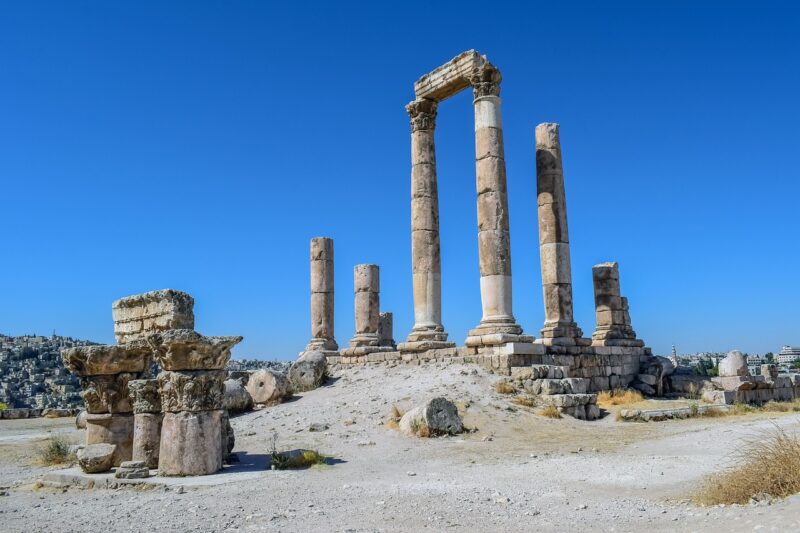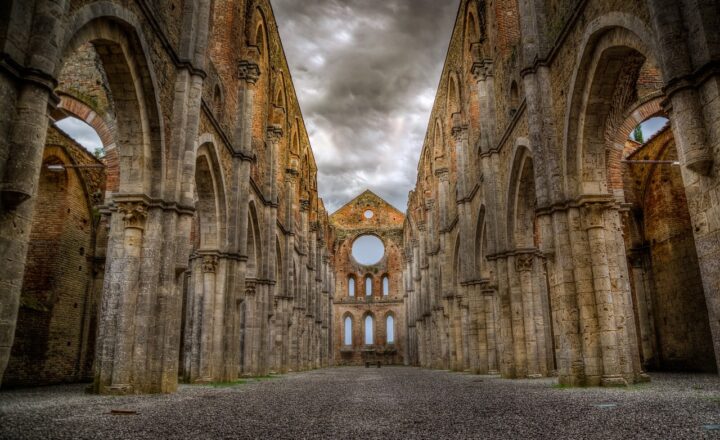How Public Spaces Changed from Ancient Marketplaces to Shopping Malls
November 15, 2024

Public spaces have been an essential part of human civilization since ancient times, evolving from bustling marketplaces to the expansive shopping malls we see today. These spaces are not merely locations for trade; they serve as community hubs where people come together to socialize, share ideas, and engage in various activities. In this article, we will explore the fascinating transformation of public spaces, highlighting their historical significance and their role in shaping modern society.
1. The Birth of Public Marketplaces
Public marketplaces have origins that date back thousands of years, tracing back to ancient civilizations such as Mesopotamia, Egypt, and the Indus Valley. These early marketplaces served as gathering places where people exchanged goods, information, and cultural practices.
**Historical Significance of Marketplaces**
– **Economic Centers:** Marketplaces were the heartbeat of ancient cities, facilitating commerce and trade. They enabled artisans, farmers, and vendors to sell their goods, stimulate the economy, and allow for specialization of labor.
– **Social Interaction:** Beyond commerce, these marketplaces were vibrant social venues. People would gather to discuss news, share stories, and foster community connections, making them essential for societal cohesion.
– **Cultural Exchange:** Marketplaces often acted as melting pots, where diverse cultures met, exchanged ideas, and influenced one another, leading to a rich tapestry of traditions and practices.
As urban centers grew, so did the complexity and design of these marketplaces. They evolved into organized spaces, with designated areas for different goods, signs, and later, permanent structures.
2. Ancient Roman Forums: A Step Further
The Roman Forum stands as a prime example of the evolution of public spaces. Serving as the center for political, social, and economic activities, the Forum was a place where citizens gathered for various purposes.
**Features of Roman Forums:**
– **Multi-purpose Venue:** The Forum facilitated commerce but was also a venue for public speeches, legal proceedings, and religious ceremonies. This multiplicity of functions solidified its importance in civic life.
– **Architectural Advancement:** The grandeur of the Forum showcased Roman architectural innovation with temples, basilicas, and markets integrated into one cohesive space, setting the standard for public spaces to come.
– **Symbol of Authority:** The Forum represented the power of the state. It was here that emperors delivered speeches and where laws were enacted, demonstrating the intertwined relationship between public spaces and governance.
As society advanced, the concept of a public space became more complex, integrated more with the political and cultural fabric of the city.
3. The Medieval Shift: Town Squares and Bazaars
With the fall of the Roman Empire, the structure of public spaces evolved again during the medieval period. Town squares and bazaars emerged as critical hubs in local communities.
**Characteristics of Medieval Public Spaces:**
– **Local Markets:** Town squares became the focal point for local trade, where farmers and artisans would sell their goods weekly or seasonally, often coinciding with religious observances.
– **Civic Engagement:** Local governance often took place in these squares. Town meetings and public announcements were made, emphasizing their role in civic engagement and community organization.
– **Cultural Significance:** Events like festivals, fairs, and public celebrations brought vibrancy to town squares, strengthening community bonds and showcasing regional culture.
As urbanization increased, the medieval marketplace’s role paved the way for more structured commercial areas, leading to the modern shopping experience.
4. The Birth of Modern Shopping Centers
In the 19th century, with the rise of industrialization, consumers began to seek more centralized shopping experiences. This era saw the emergence of department stores and eventually shopping malls.
**Key Developments:**
– **Department Stores:** Pioneered in cities like Paris and London, these stores centralized a variety of goods under one roof, revolutionizing the shopping experience and making it accessible to the growing urban population.
– **The Shopping Mall Concept:** The first modern shopping mall, Southdale Center in Edina, Minnesota, opened in 1956. This structure transformed public spaces by combining retail, dining, entertainment, and often community events in one controlled environment.
– **Social Hangouts:** Malls evolved beyond retail; they became social spaces where people could meet, dine, and engage in entertainment, reflecting a shift from purely economic functions to broader social and recreational roles.
The design of shopping malls also reflects this transformation, incorporating elements like atriums, entertainment zones, and communal seating areas, fostering an inviting atmosphere for shoppers.
5. The Role of Technology in the Evolution of Public Spaces
The advent of technology has further reshaped public spaces, especially shopping malls. Digital innovations have integrated with the physical experience, creating new interactions.
**Technological Integration:**
– **Online Shopping Influence:** The rise of e-commerce prompted brick-and-mortar retailers to enhance their in-store experiences, creating destinations that offer what online shopping cannot—immediate gratification and interactive experiences.
– **Smart Malls:** Technology has made shopping malls more interactive with mobile apps providing maps, deals, and even augmented reality experiences. This evolution keeps patrons engaged in an ever-competitive retail landscape.
– **Community Events:** Modern malls have embraced the notion of community, hosting events, workshops, and activities to draw visitors and enhance social interaction among patrons.
As we look towards the future, the integration of technology promises to further evolve public spaces, challenging conventional understandings and functions.
6. Conclusion: A Reflection on Public Spaces
From the vibrant marketplaces of ancient times to the sophisticated shopping malls of today, public spaces have undergone a remarkable transformation. As economic centers and social hubs, they reflect the changing dynamics of society and offer insight into cultural values and collective behavior.
Public spaces will continue to evolve, influenced by technological advancements and cultural shifts, but their core purpose remains unchanged: to connect individuals and foster community.
In acknowledging this evolution, we can appreciate the significant role public spaces play in our lives and their potential to shape future generations’ communities and interactions.








